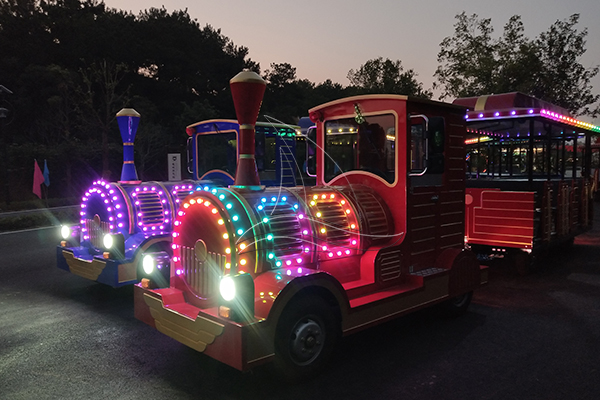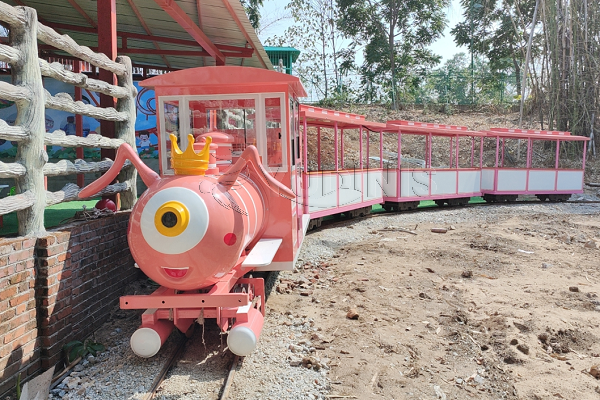The amusement park train for sale often is a family favorite. It can offer a chance to sit back, relax, and enjoy a scenic tour of the vibrant surroundings. While these trains may not travel at high speeds, they are a quintessential part of the park experience. But what powers these charming locomotives? Let’s explore the three most common types of driving forces behind amusement park trains: diesel, electric battery, and steam.
Diesel Engines: The Reliable Workhorse
- Unmatched Durability and Power
Amusement park diesel train locomotive carnival rides are popular for their robustness and reliability. Diesel trains can run for longer periods without the need for extensive maintenance, making them a practical choice for parks that operate on heavy schedules. They also possess the power to pull numerous carriages filled with excited passengers, which is essential for larger parks with substantial train routes.
- Environmental Considerations
Despite their advantages, diesel engines do pose environmental concerns due to their emissions. However, advancements in technology have led to cleaner diesel options, and some parks have started utilizing biodiesel fuels to mitigate the ecological impact.

Electric Battery Trains: The Silent and Clean Alternative
- Eco-Friendly and Quiet
Amusement park electric trains are a growing trend in amusement parks, primarily due to their environmental benefits. These trains run on rechargeable batteries, producing zero emissions during operation. They offer a quieter ride, which can enhance the experience, particularly in parks that emphasize the natural environment or themed areas where immersion is key.
- Maintenance and Operation
Another advantage of battery electric train amusement park is the lower maintenance costs when compared to diesel engines. Without the need for fuel and with fewer moving parts, the upkeep is simplified. However, the dependency on batteries means these trains require regular recharging, which can limit their operation times and necessitate careful planning to ensure batteries are charged throughout the park’s operating hours.

Steam Locomotives: The Nostalgic Journey
- A Trip Down Memory Lane
Steam trains for amusement parks are not as common as diesel and electric options, but they hold a special place due to their historical significance and nostalgic appeal. The sight of steam puffing from the engine and the unique sound of the whistle create an authentic and immersive experience.
- Operational Challenges
The rarity of steam trains in modern amusement parks is partly due to the high level of expertise needed to operate them. These trains require a constant supply of water and fuel, and maintaining the correct boiler pressure is crucial. The operational costs and maintenance are higher, making steam trains more of a nostalgic novelty rather than a practical choice for many parks.
Amusement park trains are driven by a blend of tradition and innovation. Dinis amusement trains powered by diesel engines provide the durability needed for the rigorous demands of park operations, while electric battery trains offer a cleaner and quieter alternative, aligning with the increasing environmental awareness. Steam locomotives, on the other hand, serve as a historical throwback, enchanting passengers with their timeless charm. Each type of propulsion offers a unique set of advantages, shaping the way we experience the simple joy of the amusement park train ride.
Leave a Reply